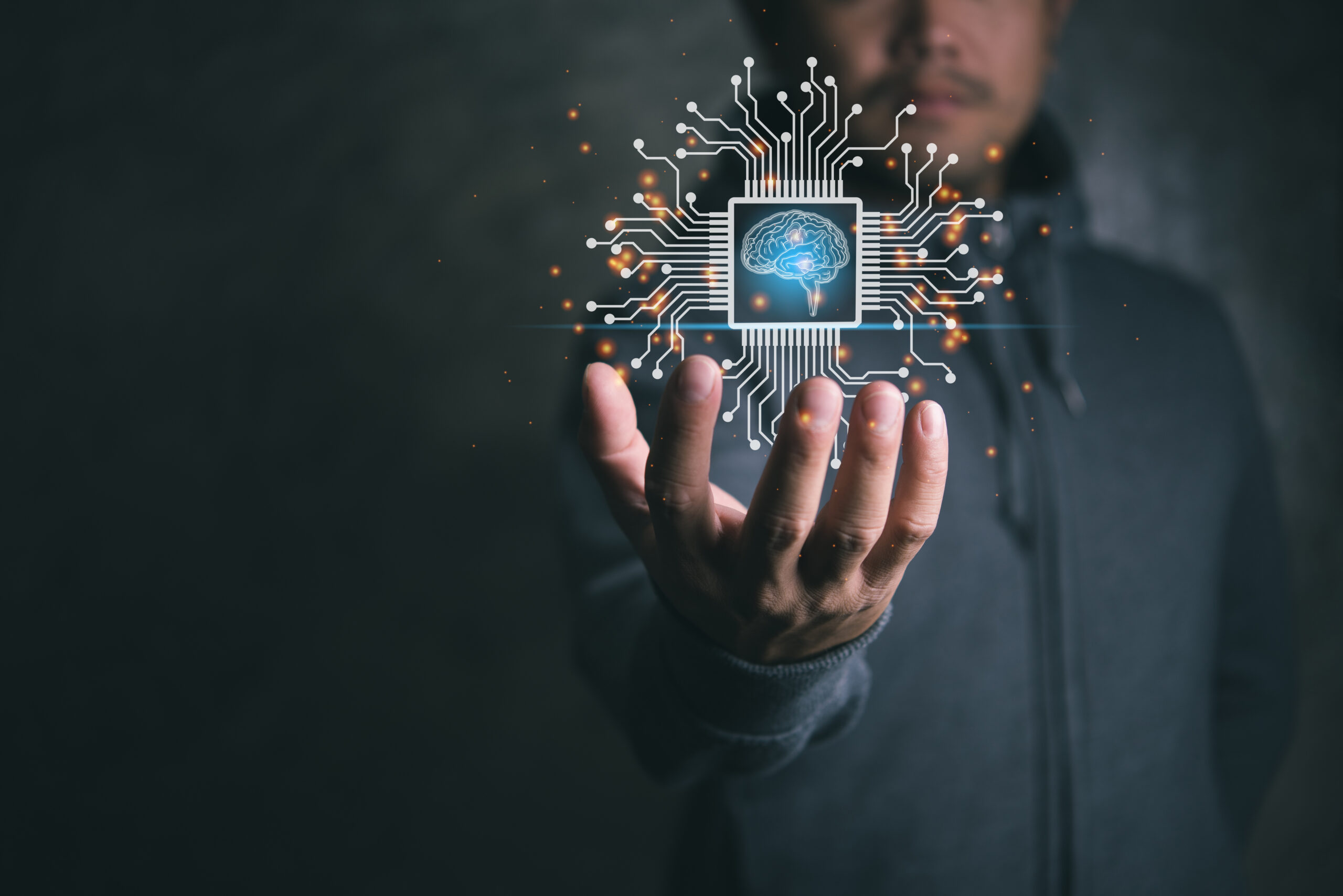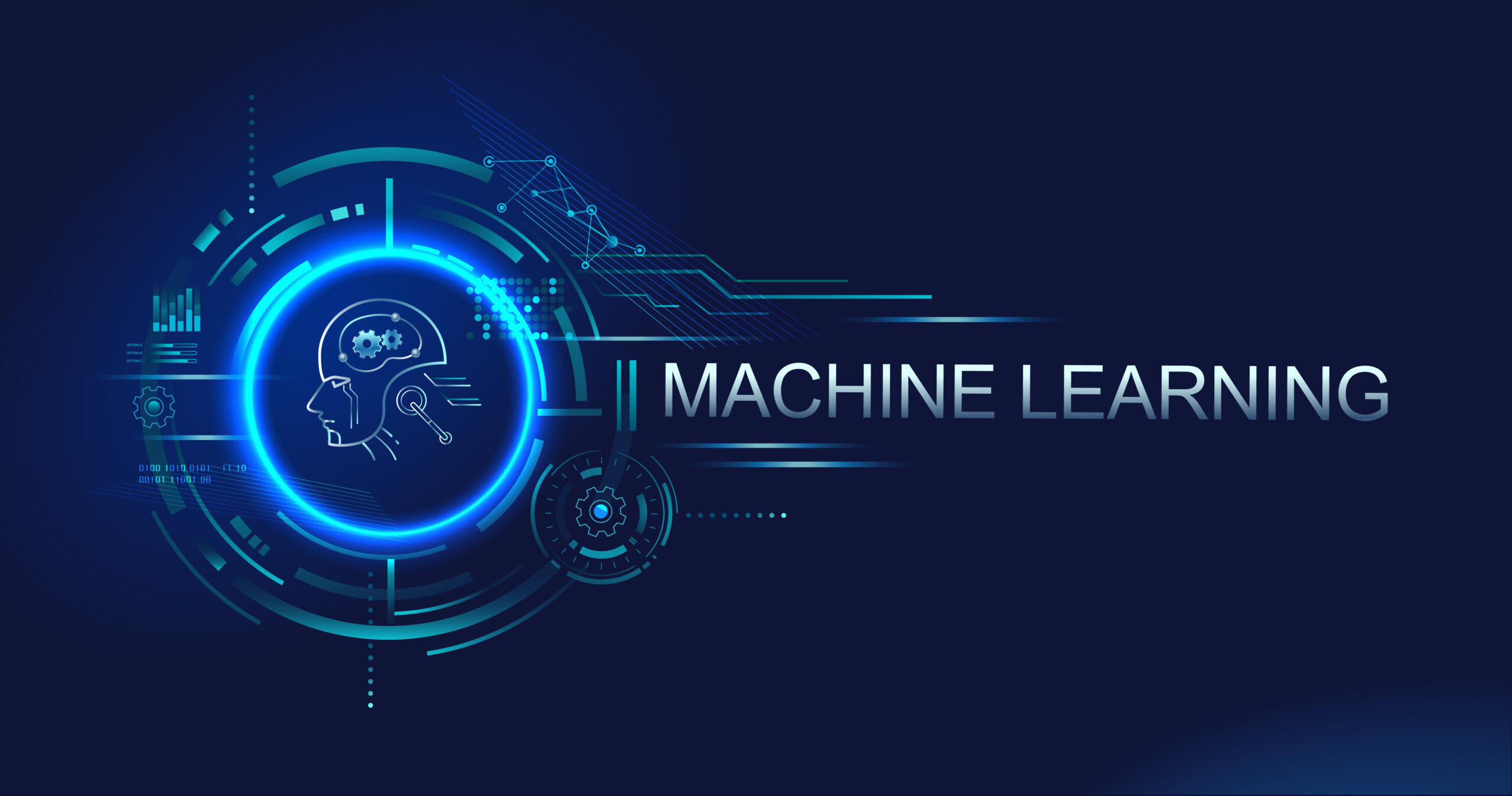Artificial Intelligence vs. Machine Learning: Key Differences & When To Use Them
Although artificial intelligence and machine learning are frequently used interchangeably, they are not identical in the emerging tech space. In 2022, the artificial intelligence (AI) market is expected to generate $432.8 billion in global revenues, including software, hardware, and services. To truly understand the value AI and ML can bring to your product and the skills needed to execute your use case successfully, it’s essential to cut through marketing jargon in software development.
AI vs ML: What is Artificial Intelligence?

Artificial intelligence (AI) is an umbrella term that refers to a machine’s ability to replicate–and at times, go beyond–human cognitive capabilities. AI encompasses a machine’s ability to learn, reason, and problem-solve. For example, a product like Siri uses natural language processing (NLP), and a machine learning algorithm called a neural network to understand what you’re saying and respond accordingly.
While AI encompasses machine learning, it also refers to many earlier systems, like symbolic logic. In the early days of computing, machines were tasked with processing information to make decisions—a logic system called a “logic machine” would retrieve data and then decide which of two paths it should follow. This is similar to how we solve problems today: we gather information and then choose based on what we know.
The difference between machine learning and artificial intelligence is that today’s machines can teach themselves the most efficient method for gathering information and making decisions to solve a problem. This is known as “machine learning.” At its core, machine learning allows AI systems to learn by example rather than through explicit programming.
AI vs ML: What is Machine Learning?

Machine learning is an umbrella term that refers to a range of algorithms that allow a computer to learn and make inferences from data without being explicitly programmed by a human. These algorithms come in many forms, including natural language processing (NLP), image recognition and classification, test automation, and more.
Machine Learning (ML) is a way for computers to learn from experience. They can then make decisions based on what they have learned. When you see products or services marketed as “powered by AI,” these are most likely using ML behind the scenes.
The basic premise of machine learning is simple:
- You feed the computer data about the world (such as pictures of cats or user feedback about a product), and it learns on its own to recognize trends in that data.
- It can learn to identify common features that characterize all of the cats pictured—even cats it never saw before—and label them accordingly.
- This ability to gather information from text or images, analyze that information using complex algorithms, and then make inferences based on those analyses makes machine learning incredibly valuable in software development.
Machine learning is a pathway to artificial intelligence that refers to a machine’s ability to analyze vast quantities of data. It can then identify patterns and draw inferences without human intervention. While humans write, test, and perfect machine-learning algorithms, the algorithms themselves do the work (at a much faster pace and often with a higher degree of accuracy than humans).
In some cases, machine learning can be more effective than human involvement. For example, a self-driving car requires machine learning to predict how other cars on the road will act based on their position, speed, and direction. The decisions it makes in real-time are far more complex than those any human driver could make.
Machine learning has found its way into nearly every aspect of software development today. It’s used in everything from NLP applications like chatbots and voice assistants to predictive analytics software to test automation. The most advanced applications even allow machines to learn independently through deep and unsupervised learning methods.
Machine learning algorithms are used in many ways, including:
- Make applications better over time without manually programming the app to do new things.
- Applying data to a predictive maintenance application allowing it to learn how to predict what parts need to be replaced before they fail.
- Helping programmers quickly write code with fewer errors.
- In natural language processing (NLP) systems that can read and understand human language.
- Automating testing processes to speed cover greater deviations in user behavior and identify more bugs
When to Use AI and ML

Machine learning and artificial intelligence solve a wide variety of problems all across the business spectrum.Still, there are some instances where ML may not be the best fit.
If you want to create something novel — such as an image recognition app — then ML would probably be best for your needs. ML allows you to train algorithms based on data sets and historical information about similar problems and outcomes where is data available.
On the other hand, if you’re looking for something more practical, like automation that can be applied across different industries or situations, then using AI would make sense because it allows for more flexibility in terms of what information it uses.
When should you use machine learning?
Machine learning is a subset of artificial intelligence that focuses on teaching computers to learn from past experiences rather than requiring them to follow explicit rules. ML should be used when you:
- Have data and want to make predictions based on those data points
- Want to automate tasks or make decisions based on past results
- Can provide data with labeled categories (such as “cat” or “dog”) that need to be categorized
When should you use artificial intelligence?
In most cases, AI refers to systems that are capable of self-learning without human intervention. In contrast, ML is used when the algorithm requires human interaction and training data sets before it can run on its own (though this technology is advancing every day with unsupervised learning).
Often, AI in business applications refers to machine learning, but there are instances where this isn’t the case. Rules-based systems don’t require ML models, for example.
While NLP can help a chatbot intuitively understand what a person is saying, many chatbots don’t leverage NLP at all. In other words, they don’t “learn” over time, but respond based on keywords input by the user. Businesses should understand their customer’s needs to install the right system, and in many cases, a simpler approach may work just as well as one involving ML, especially when considering the increased costs that ML typically incurs.
Additionally, AI algorithms can use neural networks and deep learning algorithms to quickly process large amounts of information, making them great tools when there’s a lot of data involved. For example, if you’re trying to predict what customers will likely buy next based on their purchase history and other factors like weather or location. The AI algorithm would be useful as it can look at thousands of variables simultaneously while maintaining accuracy rates of over 90%.
Leverage AI and Machine Learning Technologies with Help From KMS Technology
One of the more difficult aspects of developing an AI solution is that there are various types of machine learning and artificial intelligence, each with its own set of strengths and weaknesses. You must make the right decision based on your specific situation and goals—our team can help you decide between various options for your project.
ML is explicitly concerned with predictive analysis and decision-making, while AI is concerned with creating systems that emulate human behavior or thought processes without requiring any programming.
This means an AI system can build its models for decision-making purposes. In other words, an algorithm could effectively program itself. At the same time, this can be advantageous for business owners looking for more efficiency.
We have deep experience in implementing AI and ML successfully, including NLP, classification, data engineering, data monetization, and automated software testing.
Schedule a free consultation today to discuss your technology needs.








